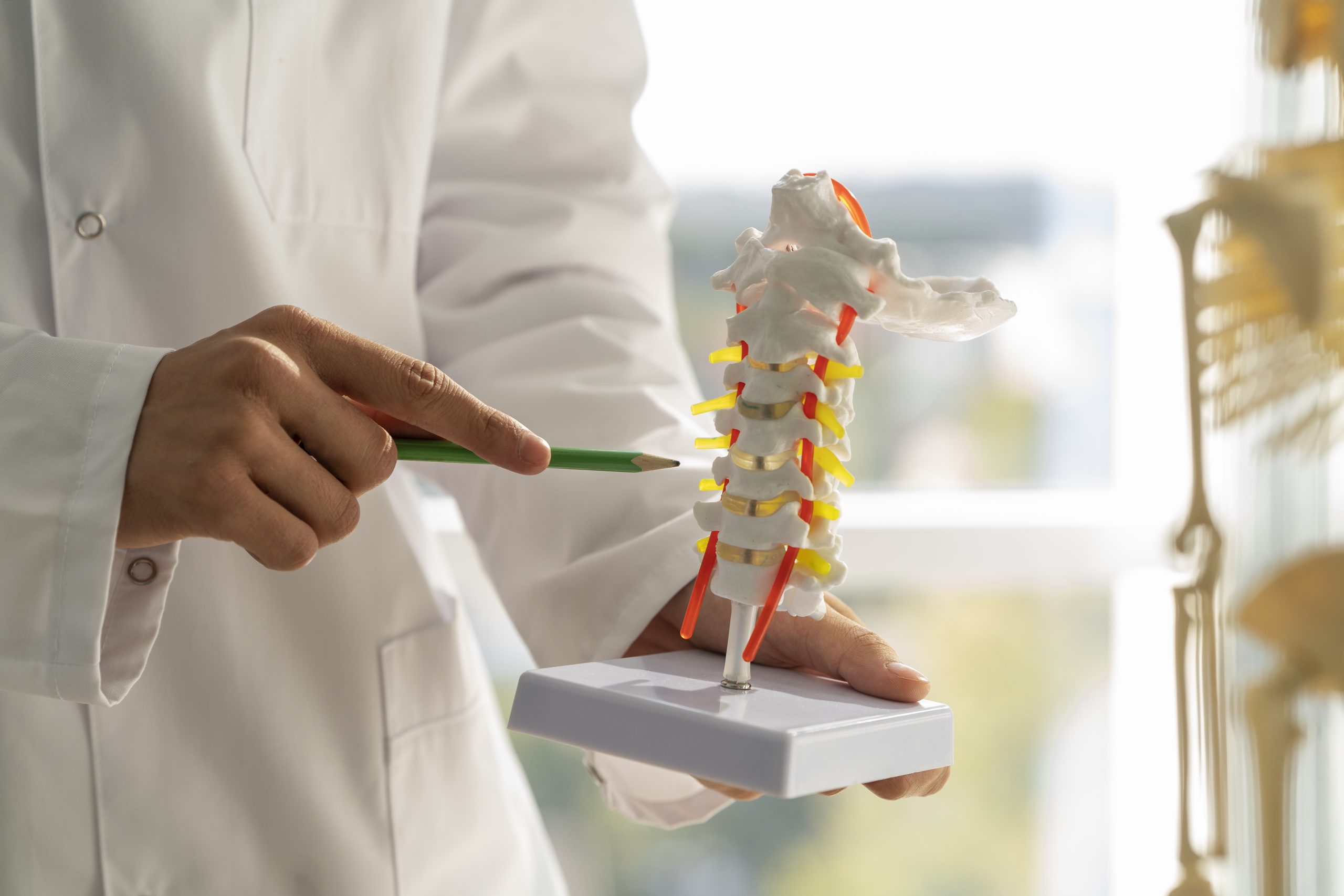

When mice and humans’ spinal cords are partially injured, the initial paralysis is followed by extensive, spontaneous recovery of motor function. However, following a full spinal cord damage, natural spinal cord healing does not occur, and there is no recovery. Meaningful recovery from serious injuries necessitates tactics that encourage nerve fiber regeneration, but the conditions for these strategies to successfully restore motor function have remained elusive.
“Five years ago, we demonstrated that nerve fibers can be regenerated across anatomically complete spinal cord injuries,” says Mark Anderson, a senior author of the study. “But we also realized this wasn’t enough to restore motor function, as the new fibers failed to connect to the right places on the other side of the lesion.” Anderson is the director of Central Nervous System Regeneration at .NeuroRestore and a scientist at the Wyss Center for Bio and Neuroengineering.
Working with colleagues from UCLA and Harvard Medical School, the scientists employed cutting-edge equipment at EPFL’s Campus Biotech facilities in Geneva to conduct in-depth investigations and determine which type of neuron is involved in natural spinal-cord regeneration following partial spinal cord injury.
“Our observations using single-cell nuclear RNA sequencing not only exposed the specific axons that must regenerate, but also revealed that these axons must reconnect to their natural targets to restore motor function,” says Jordan Squair, the study’s first author. The team’s findings appear in the journal Science.
In the direction of a hybrid approach
Their finding influenced the development of a multifaceted gene treatment. The researchers activated growth programs in mice to regenerate their nerve fibers, upregulated specific proteins to support the neurons’ growth through the lesion core, and administered guidance molecules to attract the regenerating nerve fibers to their natural targets below the injury.
“We were inspired by nature when we designed a therapeutic strategy that replicates the spinal-cord repair mechanisms occurring spontaneously after partial injuries,” says Squair.
Mice with anatomically full spinal cord injuries regained the ability to walk, demonstrating gait patterns similar to those observed in mice that naturally resumed walking after partial injuries. This discovery identified a previously unknown requirement required for regenerative therapies to be effective in recovering motor function following neurotrauma.
We expect that our gene therapy will act synergistically with our other procedures involving electrical stimulation of the spinal cord,” says Grégoire Courtine, a senior author of the study who also heads .NeuroRestore together with Jocelyne Bloch.
“We believe a complete solution for treating spinal cord injury will require both approaches—gene therapy to regrow relevant nerve fibers, and spinal stimulation to maximize the ability of both these fibers and the spinal cord below the injury to produce movement.”
While numerous hurdles must yet be overcome before this gene therapy can be used on humans, scientists have taken the first steps toward building the technologies required to accomplish this accomplishment in the coming years.
more recommended stories
 Phage Therapy Study Reveals RNA-Based Infection Control
Phage Therapy Study Reveals RNA-Based Infection ControlKey Takeaways (Quick Summary) Researchers uncovered.
 Pelvic Floor Disorders: Treatable Yet Often Ignored
Pelvic Floor Disorders: Treatable Yet Often IgnoredKey Takeaways (Quick Summary) Pelvic floor.
 Urine-Based microRNA Aging Clock Predicts Biological Age
Urine-Based microRNA Aging Clock Predicts Biological AgeKey Takeaways (Quick Summary) Researchers developed.
 Circadian Control of Neutrophils in Myocardial Infarction
Circadian Control of Neutrophils in Myocardial InfarctionKey Takeaways for HCPs Neutrophil activity.
 E-Cigarette Use and Heart Attack Risk in Former Smokers
E-Cigarette Use and Heart Attack Risk in Former SmokersKey Takeaways for Clinicians and Nurses.
 36-Week Pre-eclampsia Screening May Reduce Term Risk
36-Week Pre-eclampsia Screening May Reduce Term RiskA New Preventive Strategy for Term.
 Cardiovascular Risk and Sudden Cardiac Death in Diabetes
Cardiovascular Risk and Sudden Cardiac Death in DiabetesRising Sudden Cardiac Death (SCD) Risk.
 Poor Kidney Function and Alzheimer’s Biomarkers Explained
Poor Kidney Function and Alzheimer’s Biomarkers ExplainedPoor kidney function may influence levels.
 Walking Speed Before Hip Replacement Predicts Recovery
Walking Speed Before Hip Replacement Predicts RecoveryNew Evidence Points to a Simple,.
 Neuroblastoma Drug Combo Extends Survival in Models
Neuroblastoma Drug Combo Extends Survival in ModelsA Promising Shift in High-Risk Neuroblastoma.

Leave a Comment